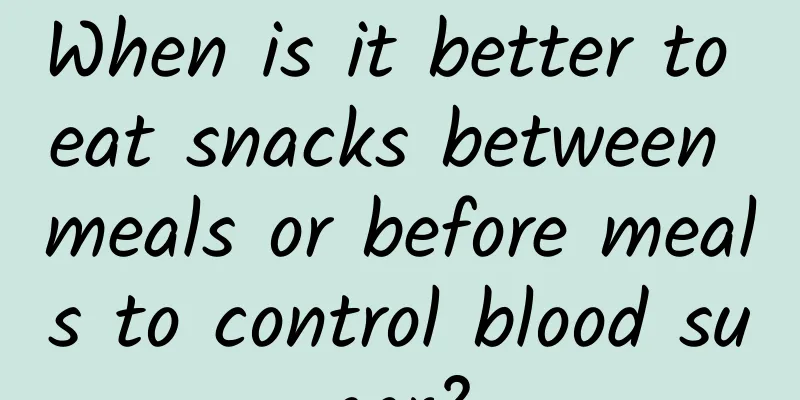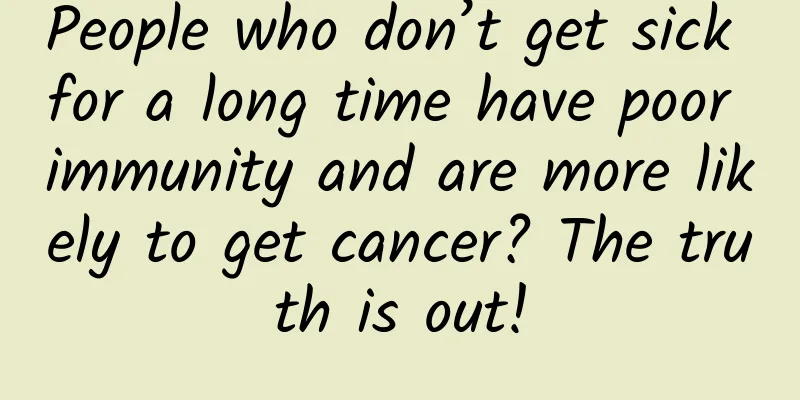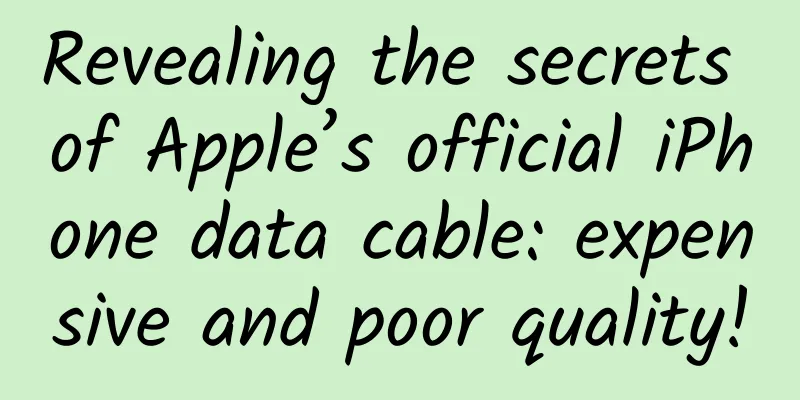When is it better to eat snacks between meals or before meals to control blood sugar?

|
Most people eat snacks every day. But what are the snacks? How much do they taste? When do you eat them? These may affect the health effects of snacking. First, we need to define snacks. Generally speaking, snacks refer to small amounts of food eaten between three meals. However, there is no accurate definition in the research literature on what foods can be considered snacks. In other words, snacks can be very rich and do not necessarily have to be processed snacks such as biscuits, egg rolls, pastries, crispy snacks, potato chips, rice crust, preserved fruits, etc. They can also be yogurt, milk, soy milk, fruit, dried fruit, nuts, oilseeds (such as peanuts and sesame seeds), dried meat, dried meat, spiced dried tofu, small bread, rice rolls, boiled water chestnuts, steamed lotus root slices, boiled edamame, etc. As long as they are eaten between meals and are not part of the main meal, they can be counted as snacks. Obviously, some of the snacks mentioned above have high nutritional value, while others have low nutritional value. According to previous studies, there is no direct correlation between the frequency of snacking and the risk of chronic diseases. However, some studies have shown that there is a correlation between the nutritional quality of snacks and health . The more snacks with low nutritional density and high calories are eaten, the greater the risk of obesity and chronic diseases, which is manifested in increased fasting triglyceride levels, increased postprandial triglyceride levels, increased fasting insulin levels, increased insulin resistance levels, and more hunger [1]. However, snacking is not without benefits. If the snacks are of high nutritional quality and eaten in moderation, they may increase the supply of nutrients and improve satiety. However, even for snacks with high nutritional value, the right time to eat them is also a question worth paying attention to . In particular, eating snacks after 9 p.m. has a greater adverse effect on blood sugar indicators [1]. But does the time of day when you eat snacks have an impact? Studies have shown that eating snacks between meals is more beneficial for stabilizing blood sugar levels than eating snacks after meals [2]. However, there is no research data to prove whether it is better to eat snacks between meals or before meals. So last year we conducted a trial using healthy female subjects[3], which provided a preliminary answer to this question. Considering that most people do not consume enough energy for breakfast, snacks are designed to be eaten in the morning or before noon . The subjects ate the same breakfast at 8 a.m. and lunch at 1 p.m., with a 5-hour interval in between. Because they were women whose daily food intake did not vary much, the caloric value and nutrient composition of the food provided to each person were exactly the same. There are two ways to handle snack time: Treatment 1 is taken 2.5 hours after breakfast, which is right in the middle of the two meals; Treatment 2 is taken half an hour before lunch. Liquid and solid foods have different digestion speeds and satiety, and differences in chewiness will also affect the digestion speed and satiety response of food. In order to avoid these interfering factors, we did not choose liquid and semi-solid snacks, nor did we choose snacks with particularly poor chewiness or too strong chewiness. A total of three snacks were used in the experiment: instant chicken breast with protein as the main energy source (low in fat and carbohydrates), macadamia nuts with fat as the main energy source (low in protein and carbohydrates), and apples with sugar as the main energy source (low in protein and fat). These are the three solid snacks with the most different nutrient compositions and natural ingredients that we could find. Apples, ready-to-eat chicken breasts, and macadamia nuts all require chewing, but they are not very chewy. The subjects said that their taste and flavor are all acceptable. The calories of the snacks are all 70 kcal. Of course, since the calories are the same, the volume and weight of the snacks vary greatly. Apple is the largest, macadamia is the smallest, and chicken is in the middle. There is also a control group that does not eat snacks. Lunch was a standard meal of white rice + vegetables + meat. We recorded blood sugar data and satiety data after lunch . Then, the subjects were asked to eat dinner according to the amount they felt comfortable eating, and the calorie value of dinner intake was recorded. The results were interesting, the three types of snacks really behaved differently. From the perspective of blood sugar, compared with the control group that did not eat snacks, ——As a representative of low-fat, low-carb, high-protein food, instant chicken, whether eaten between meals or half an hour before a meal, effectively lowers blood sugar fluctuations after lunch. ——As a representative of low-fat, low-protein, and sugar-based foods, apples can only lower blood sugar if eaten half an hour before a meal, but are ineffective if eaten between meals. ——As a representative of low-carb, low-protein, high-fat foods, macadamia nuts did not have the effect of stabilizing blood sugar after meals when eaten at both times. Of course, they also had no significant negative effects. From the perspective of controlling food intake, there are also differences among the three groups of snacks. The group that ate chicken before meals had the effect of reducing their food intake, while the group that ate chicken between meals did not have this effect. Eating an apple before a meal did not significantly increase food intake, but eating an apple between meals or eating macadamia nuts between meals slightly increased food intake compared to eating chicken before a meal. In short, if you want to stabilize blood sugar after meals, eating apples between meals is better than eating them after meals, but it is not the best. Eating them before meals is the best. Since you have to eat some fruit every day, you might as well eat it before meals. Some scholars have also studied the effects of eating kiwi fruit and white bread at different times on healthy people [4]. Half of the carbohydrates came from kiwi fruit (25 grams of sugar, about 2 kiwi fruits), and half of the carbohydrates came from white bread (25g starch). All carbohydrates came from white bread (50g starch) as a control. On the basis of an equal carbohydrate comparison, it was found that eating kiwi fruit 30 minutes before a meal resulted in the smallest increase in postprandial blood sugar, but also slightly reduced peak satiety. If you eat them together , or eat kiwi fruit immediately after eating white bread, the peak feeling of fullness will be higher, but the peak blood sugar level will also be higher. If you eat kiwi fruit 90 minutes after a meal , the peak blood sugar level will be significantly lower than when you only eat bread, but there will be two peaks, and the total satiety (the satiety caused by kiwi fruit + the satiety caused by white bread meal) is relatively low, and you are always in a half-full state. In short, studies have shown that the time of eating fruit affects blood sugar response and also affects the feeling of fullness. So, if you want to lose weight or control blood sugar, how should you eat snacks? 1 If you eat more staple food and less protein , and not enough fish, meat and eggs, you may want to eat some protein-rich snacks between meals or before meals, such as instant chicken, beef jerky, eggs, etc., or drink a glass of milk and soy milk. Eating before meals will have a better effect. 2 If you already eat a lot of protein on a daily basis and don't need to increase it, you might as well eat some fruit before meals, about the amount of a small apple or an orange. 3 It is also recommended to eat nuts and oilseeds before meals or with meals , as this is more effective than eating them between meals. Studies have shown that if nuts are combined with dried fruits and eaten with rice, and the amount of rice is reduced, the effect of suppressing postprandial blood sugar is better [5]. References: 1 Bermingham KM, May A, Asnicar F, et al. Snack quality and snack timing are associated with cardiometabolic blood markers: the ZOE PREDICT study. European Journal of Nutrition. 2024, 63:121-133 2 Nitta A, Imai S, Kajiyama S, et al. Impact of different timing of consuming sweet snack on postprandial glucose excursions in healthy women. Diabetes and Metabolism, 2019, 49: 369-374 3 Lou X, Fan Z, Wei J, et al. Timing and nutrient type of isocaloric snacks impacted postprandial glycemic and insulinemic response of the subsequent meal in healthy subjects. Nutrients, 2024, 16, 535 4 Mishra S, McLaughlin A and Monro J. Food Order and Timing Effects on Glycaemic and Satiety Responses to Partial Fruit-for-Cereal Carbohydrate Exchange: A Randomized Cross-Over Human Intervention Study. Nutrients, 2023, 15, 3269 5 Zhu R, Fan Z, Dong Y, et al. Postprandial Glycaemic Responses of Dried Fruit-Containing Meals in Healthy Adults: Results from a Randomized Trial. Nutrients, 2018,10, 694 |
>>: Are we really helpless in the face of poplar catkins?
Recommend
LeTV Box U4 Pro turns old TV into super TV instantly
Among Internet TV brands, LeTV, which has sold 10 ...
Why do many people listen to their voice messages again after sending them?
Have you noticed that many people around you will...
Why doesn't Samsung S7 use USB Type-C?
As we all know, USB Type-C will replace the exist...
New Advertising Law: These copywriting words have been banned, and violations may result in a fine of up to 1 million!
With the implementation of the new advertising la...
When will Shanghai be fully unsealed in 2022? When will the turning point of the epidemic occur?
At this stage, the number of new local epidemics i...
Baidu bidding hosting outsourcing, what does SEM bidding hosting mean?
When many small companies are just starting out, ...
One article explains oCPC product introduction & optimization guide
Today's article will comprehensively introduc...
15 models you must master for private domain operations
"Private domain traffic" has always bee...
Get rid of the 80% of miscellaneous jobs and move into the 20% of senior operations
Internet jobs are usually divided into three cate...
Inference is completed in less than 1ms on iPhone 12, Apple proposes MobileOne, an efficient mobile backbone network
Efficient neural network backbones for mobile dev...
How to achieve user growth from the perspective of user retention goals?
Retention is the goal of many product operations ...
From the "glue dispensing door" to see Xiaomi's true "triathlon"
Let’s briefly review the so-called “glue dispensi...
Vocational skills training advertising plan!
With the continuous high-quality development of m...
Can the "dragon" and "phoenix" "combine"? The first dragon in Fujian with "bird wings" fills the gap of 30 million years!
On the 27th, it's time to kill the rooster! C...
5 Steps to Social Media Operation in 2020
In order to understand how to operate a valuable ...









